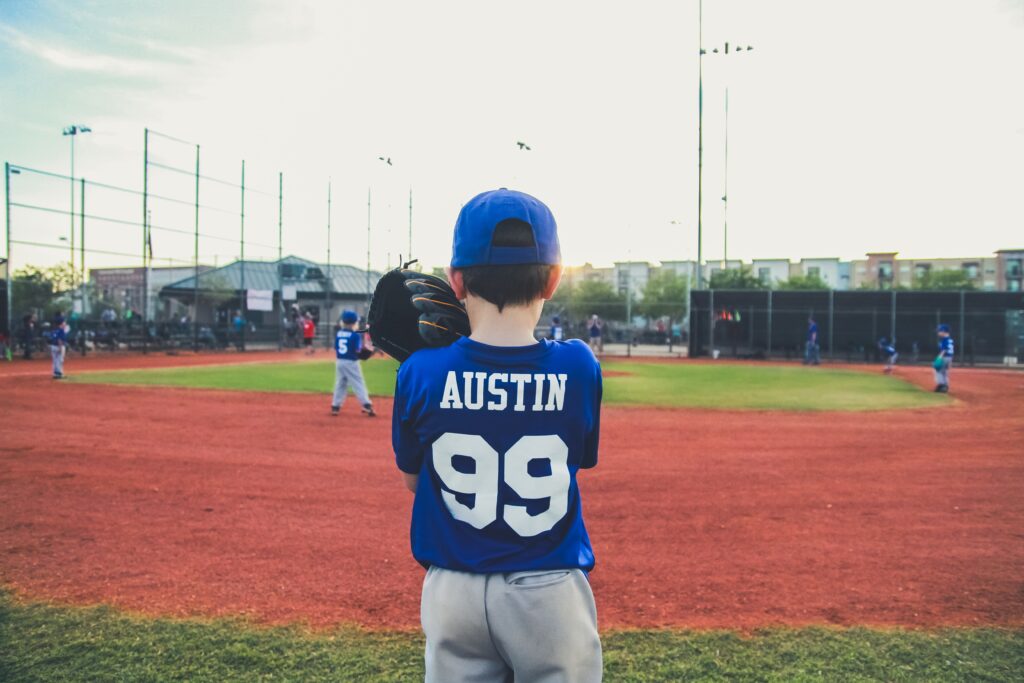
Little Leaguer’s elbow is a type of overuse injury that occurs in young baseball players, typically between the ages of 8 and 14. It is caused by repetitive throwing motions, such as pitching or playing catcher, which can lead to inflammation and damage to the growth plate in the elbow.
Symptoms of Little Leaguer’s elbow include pain, swelling, and stiffness in the elbow, as well as a decreased range of motion. In some cases, the child may also experience weakness in the arm or a tingling sensation in the fingers.
To diagnose Little Leaguer’s elbow, a doctor will typically perform a physical examination and take a medical history. They may also order imaging tests, such as an X-ray or MRI, to confirm the diagnosis and rule out other conditions.
Treatment for Little Leaguer’s elbow typically involves rest and physical therapy to help the child regain strength and flexibility in the elbow. The child should avoid throwing for several weeks or months, and may need to wear a brace or splint to help support the elbow.
Physical therapy exercises include range of motion exercises to help increase flexibility, strength-building exercises to help increase muscle strength, and stretching exercises to help reduce muscle tightness.
In more severe cases, a child may need to undergo surgery to repair the damage to the growth plate. Surgery is typically performed as an outpatient procedure, and the child will need to rest and avoid throwing for several months afterwards.
Preventing Little Leaguer’s elbow from occurring in the first place is key. Parents and coaches should ensure that young baseball players are following proper throwing techniques and that they are not overworking their arms. This includes not playing in too many games or throwing too many pitches, getting enough rest between games, and using the correct size and weight of baseballs.
Overall, Little Leaguer’s elbow is an overuse injury that can occur in young baseball players. It is caused by repetitive throwing motions, can be diagnosed by medical examination and imaging, and treated with physical therapy, rest and in severe cases surgery. It’s important to prevent the injury by following proper throwing techniques and avoiding overworking the arm.

